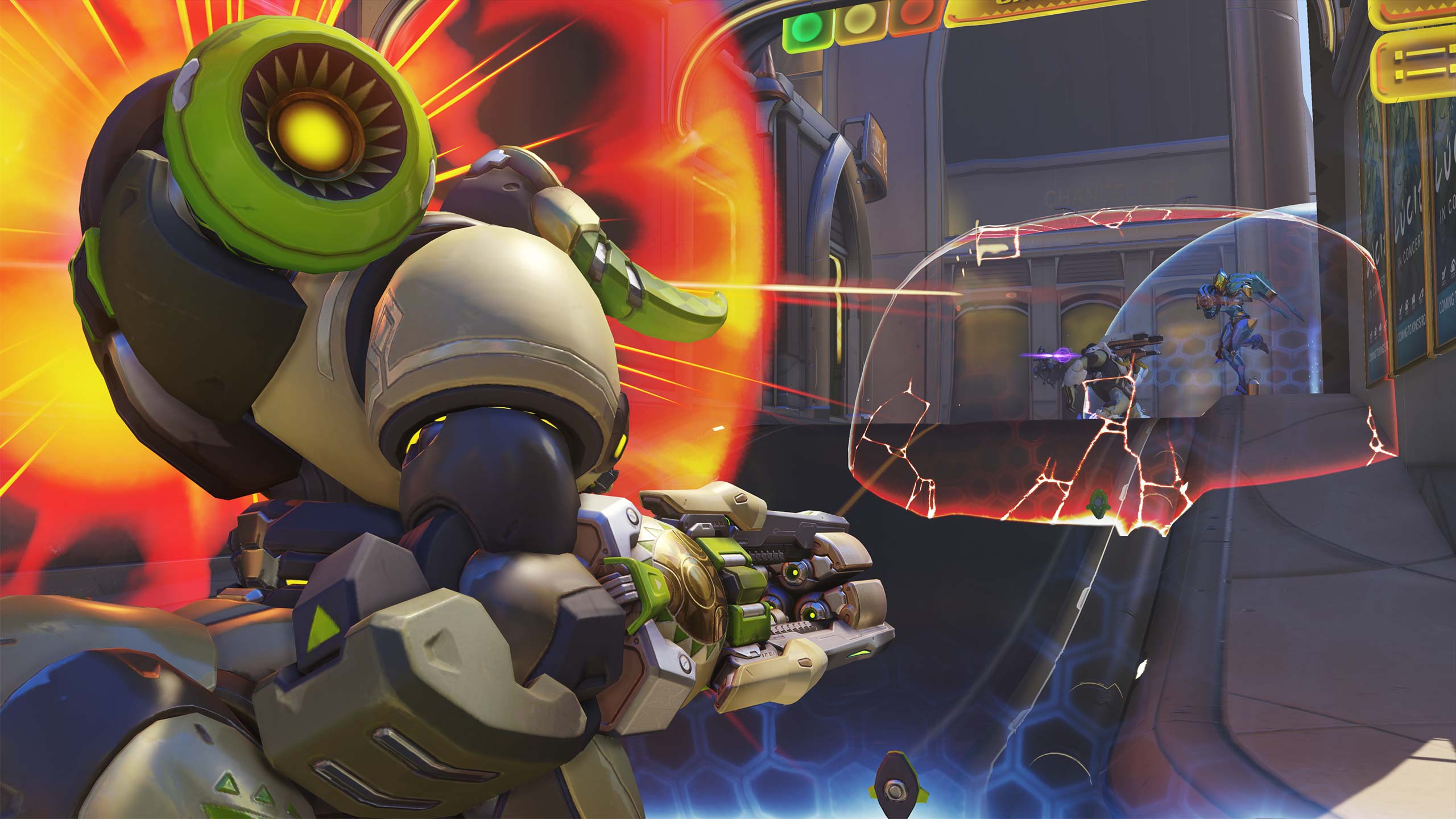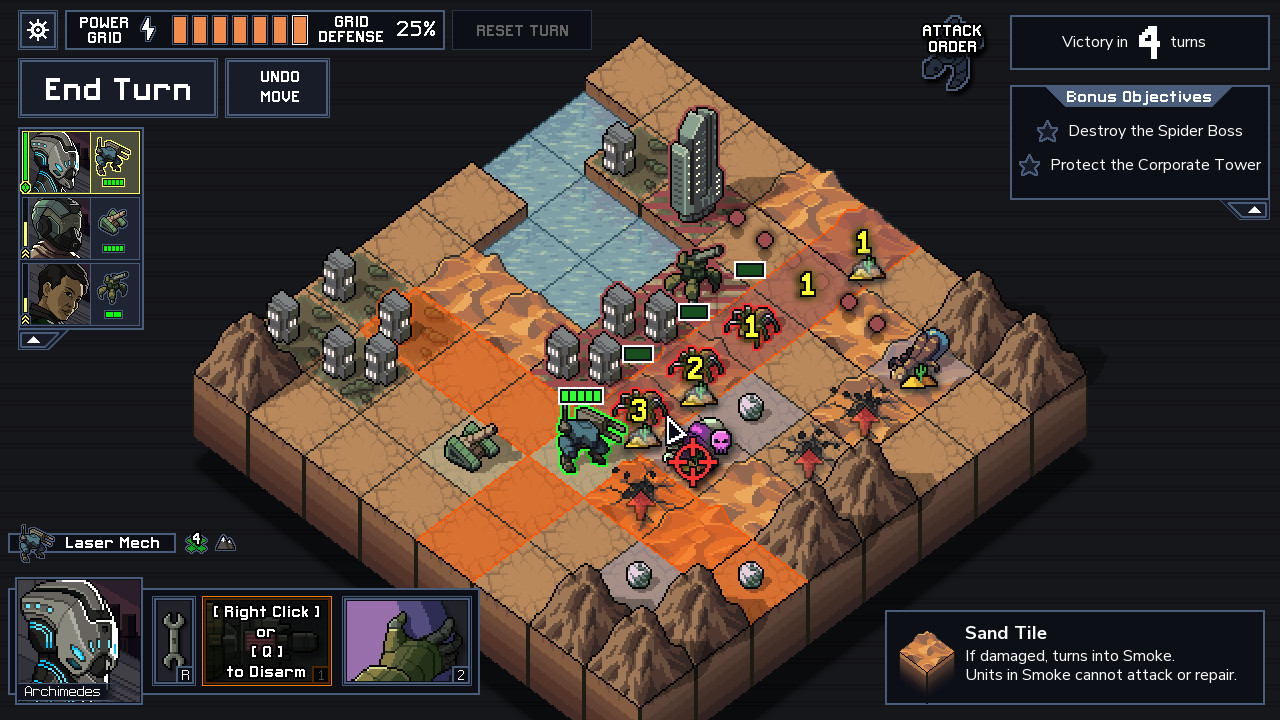Some Developers Don’t Know Their Games Are Streaming on GeForce Now
Credit to Author: Patrick Klepek| Date: Mon, 02 Mar 2020 19:42:59 +0000
Over the weekend, The Long Dark became the latest game to disappear from GeForce Now, Nvidia’s cloud streaming service. The Long Dark game director Raphael van Lierop said on Twitter that Nvidia didn’t ask permission for The Long Dark to appear, and said “devs should control where their games exist.” van Lierop did not rule out having the game come back.
Nvidia reportedly offered the studio behind The Long Dark, Hinterland, a free graphics card as an apology. Hinterland did not respond to an immediate request for comment about this.
The Long Dark is not the only game to find itself in this situation, reporting by VICE Games has uncovered. A number of developers have not been contacted by Nvidia before seeing their games appear on GeForce Now. “You bought it, you own it” is one of the fancy marketing slogans for GeForce Now. And on paper, it sounds great. Play all of the games that I already own?! In practice, it’s proven more complicated because of Nvidia’s approach.
Google’s much hyped game streaming service, Stadia, has so far been a bust, but that’s not because the technology doesn’t work, it’s a lack of games to play. That’s what made GeForce Now service so enticing. The two share the same idea—playing games over the Internet—but with GeForce Now, you’re basically renting a fancy PC. You can, in theory, stream the games you already own on services like Steam and the Epic Games Store.

All of this started snowballing in the weeks after GeForce Now left beta earlier this year. Nvidia announced every game published by Activision Blizzard would be removed, “per their request.” In a statement to Bloomberg, Nvidia called this a “misunderstanding” and they hoped to “work with them to re-enable these, and more, in the future.” Weeks later, Bethesda Softworks would follow and ask for all but Wolfenstein Youngblood to be taken down, too.
Maybe we should have seen this coming; as GeForce Now was preparing to leave beta in December, a bunch of games from Capcom and Square Enix suddenly left the service. There wasn’t much of an explanation for what happened then, nor is there one now.
When asked to elaborate on the high-profile departures from GeForce Now, Nvidia declined to comment, and instead pointed me towards the blogs and forum posts it had already published. Capcom told me to direct my questions to Nvidia, and requests sent to Square Enix, Activision Blizzard, and Bethesda Softworks all went unanswered, as of this writing.
"As we approach a paid service, some publishers may choose to remove games before the trial period ends," said Nvidia in a blog recently. "Ultimately, they maintain control over their content and decide whether the game you purchase includes streaming on GeForce Now. Meanwhile, others will bring games back as they continue to realize GeForce Now’s value."
Currently, the only way to know what games GeForce Now supports is a cumbersome search bar on Nvidia’s website. There’s no way to pull up an entire list of games that’ll work on it, though fans have found ways to scrape the data to accomplish this very basic task. It’s not hard to imagine Nvidia’s decision to obfuscate its library because that library is in flux.
The fancy tech that drives GeForce Now is not game-specific. When GeForce Now was in beta, it was possible to pull up your entire Steam list and play any game you’d purchased, even if Nvidia hadn’t announced “support” for it. This feature disappeared when GeForce Now was ready for public consumption, but it revealed the service’s inherent weirdness. On the surface, there was no reason you “you bought it, you own it” shouldn’t have been true, and that anything you own on the PC should be streamable through Nvidia’s new service.
The fact that big companies like Activision Blizzard and Bethesda Softworks could ask for Nvidia to disable support for their games made it sound like they have agreements with game developers and publishers. That would explain why Nvidia called Activision Blizzard a “fantastic partner.” A “partner” implies there’s an active and knowing collaboration going on.
But when VICE Games looked up a number of games supported by GeForce Now and contacted the developers responsible for them, we found that absolutely was not the case.
Into the Breach and FTL are both supported by GeForce Now, but developer Subset Games told VICE Games they hadn’t even heard of the service until we’d contacted them about it. This was also true of Matt Makes Games, the developers of Celeste—another game Nvidia brags about being supported by GeForce Now. Neither studio has an active agreement, but they also didn’t indicate an immediate desire to ask Nvidia to remove their games, either.
The calculus for the developers behind The Long Dark was clearly different.
“This was purely an oversight on Nvidia's part,” said The Long Dark game director Raphael van Lierop on Twitter. “ […] Remember: the most customer-friendly thing you can do as a dev, is run a sustainable business so that you can support your game and your customers into the future. Controlling your own content is key to that.”

Similar requests sent to the developers of No Man’s Sky and Hollow Knight—games that are actively advertised as supported by GeForce Now—went unanswered as of this writing. The developers behind Temtem declined to comment.
Nvidia did not respond to a request for comment about their relationships with developers.
Activision Blizzard and other companies didn’t demand Nvidia take down their games from GeForce Now with legal threats. It was characterized as a request that Nvidia agreed to.
“Blizzard simply asked GeForce Now to take them down, and they apparently complied,” said attorney Ryan Morrison, whose firm Morrison Rotham specializes in games, esports, and other digital-oriented legal issues. “Smaller publishers may not have that kind of leverage, though, so they will have to rely on copyright law and issue take down requests if GeForce fights them on removal.”
Again, the developers of Into the Breach and Celeste did not indicate they had any desire to ask Nvidia to remove support for their games from the service, and given the lack of a formal agreement between these developers and Nvidia, Morrison made it sound potentially tricky.
In theory—if unlikely—Nvidia could say no, and ask a developer to meet them in court.
"The most customer-friendly thing you can do as a dev, is run a sustainable business so that you can support your game and your customers into the future. Controlling your own content is key to that."
At the heart of all of this, really, is what players aren’t and allowed to do when they purchase a copy of a video game. Whether you’re purchasing a digital or physical copy of a game, these days you often cannot start playing unless you agree to the thousands of confusing words that make up the End User Licensing Agreement (EULA). It’s the wall of text that everyone scrolls past as fast as possible, because it’s purposely written to be inscrutable.
Within that inscrutable text, however, is a bunch of power for the game’s publisher, including the ability to technically prevent you from enjoying what GeForce Now offers. When you buy a game, the EULA may grant strict conditions under which you can actually play the game.
GeForce Now relies on what’s called virtualization, because you’re not playing the game on a computer you own. You’re renting a computer from Nvidia—it’s a virtual computer.
“It is common for publishers to have valid and totally enforceable legal grounds to prevent players from using virtualization to play games,” said Morrison, “even if those players have already purchased the game.”
Blizzard is one of those companies. In 2018, the company changed its EULA to prevent players from playing on cloud gaming PCs. Here’s what their EULA change prohibits:
“Cloud Computing: Use the Platform, including a Game, in connection with any unauthorized third-party 'cloud computing' services, 'cloud gaming' services, or any software or service designed to enable the unauthorized streaming or transmission of Game content from a third-party server to any device."
When that went into effect, Blizzard handed out 30-day bans to users caught using the cloud services available at the time like Parsec, who did not have an agreement with Blizzard.
“We believe that Blizzard is making a mistake,” Parsec wrote in a blog post responding to Blizzard’s decision. “There are a lot of people in the world who cannot afford a new gaming PC or a GPU, but they want to play their favorite Blizzard games. These people deserve the freedom to play their favorite games on any hardware they own wherever they are. If they’re choosing to do this, why is it a problem for Blizzard?”
There’s a similar attraction for GeForce Now: an opportunity to play high-end PC games without purchasing a high-end PC. Blizzard hasn’t commented on why it suddenly took issue with players using cloud services to play its games, and didn’t respond to a request from VICE Games for clarification. But it’s not hard to assume it’s about money and control.
Several game publishers have already announced their cloud gaming services. Want to take a wild guess at two of the publishers who have done that? Gasp! It’s two of the companies who asked Nvidia to remove their games from GeForce Now. In 2019, Bethesda revealed plans for its own Orion streaming service. Activision announced similar plans back in 2018.
Blizzard is unique for specifically calling out cloud gaming in its EULA. There is no mention of cloud services in the EULA for Fallout 4, one of the games taken down from GeForce Now. Just because the EULA doesn’t explicitly say “cloud,” however, doesn’t mean a publisher can’t meaningfully exert control over your ability to use a service that uses it.
“There's something to be said about GeForce Now's commercial use of the games it offers on its service,” said Morrison, “as it's technically charging users to provide access to the gameplay. Most terms of use and EULAs do not allow you to use the product for commercial purposes.”
The banning of commercial use is something that’s absolutely in the EULA for Fallout 4:
"Grant of Limited Non-Exclusive License. This Agreement permits You to use one (1) copy of the software program(s) (the 'SOFTWARE') included in this package for your personal, non-commercial use on a single home or portable computer. "
It’s certainly possible Nvidia could drag Bethesda to court and quibble over this, but for a service in its infancy and an uncertain financial future, it's more likely to try and find ways to play it safe. Plus, GeForce Now is hardly the bread and butter of Nvidia’s bottom line; they are primarily a graphics card manufacturer that regularly partners with big game publishers.
Ultimately, GeForce Now appears to be a cool service in an ambiguous legal situation. It makes sense powerful game companies, especially those with cloud ambitions, would happily exert their influence and, when push comes to shove, rely on their complicated EULAs. Smaller developers who would never dream of running a cloud business get access to a service where players might not otherwise have an opportunity to play their games, even if Nvidia doesn’t consider them important enough to reach out and get their permission.
Such complications aren’t surprising, either. These services are new, and likely to experience bumps along the way. Google’s Stadia technology works as advertised, but there aren’t many games to play. Nvidia’s GeForce Now technology also works, but the most appealing part of what it’s advertising—play the games you own—isn’t exactly the truth.
Follow Patrick on Twitter. His email is patrick.klepek@vice.com, and available privately on Signal (224-707-1561).
This article originally appeared on VICE US.